
DISCUSS:
How do you think scientists figure out what dinosaurs looked like?


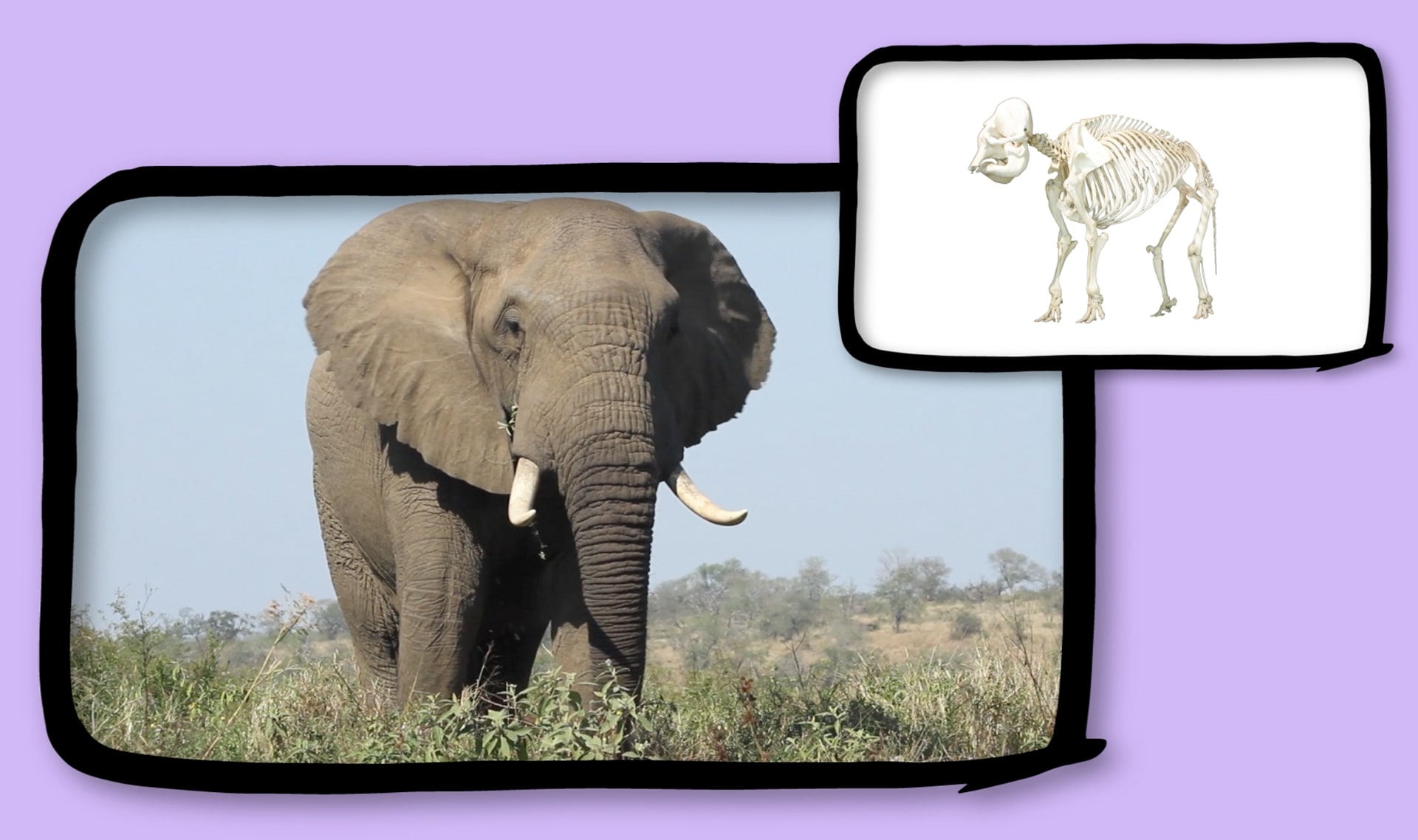
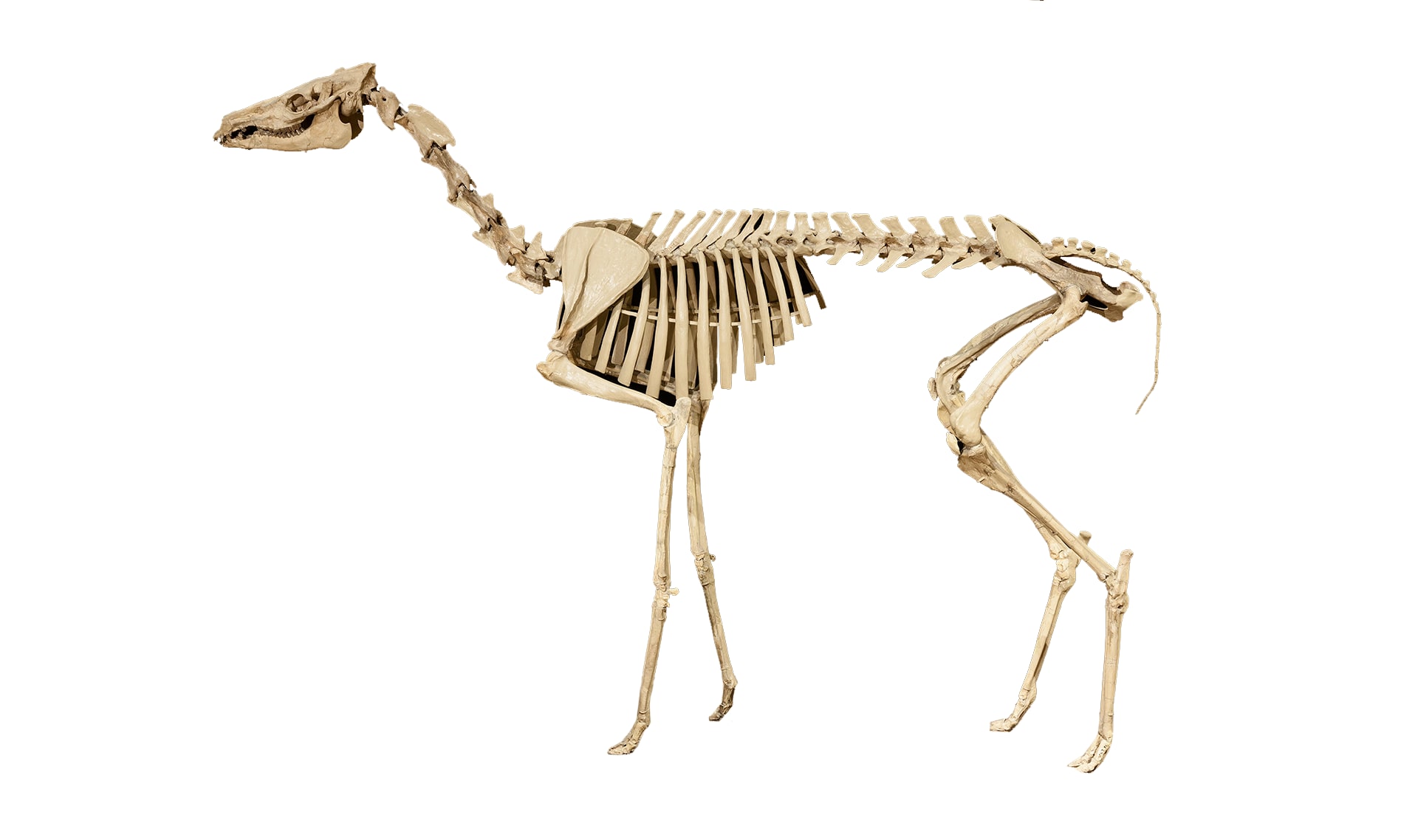


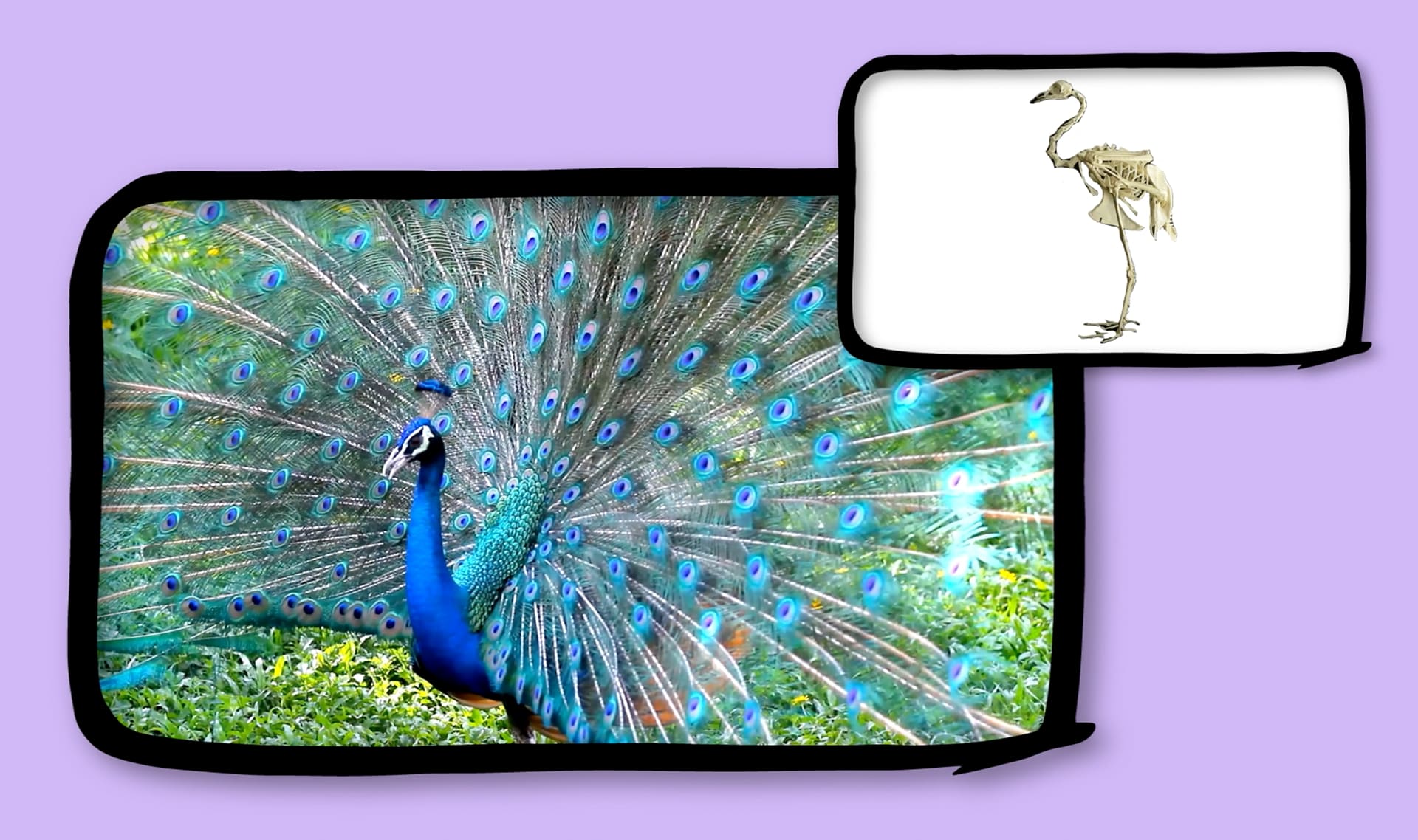

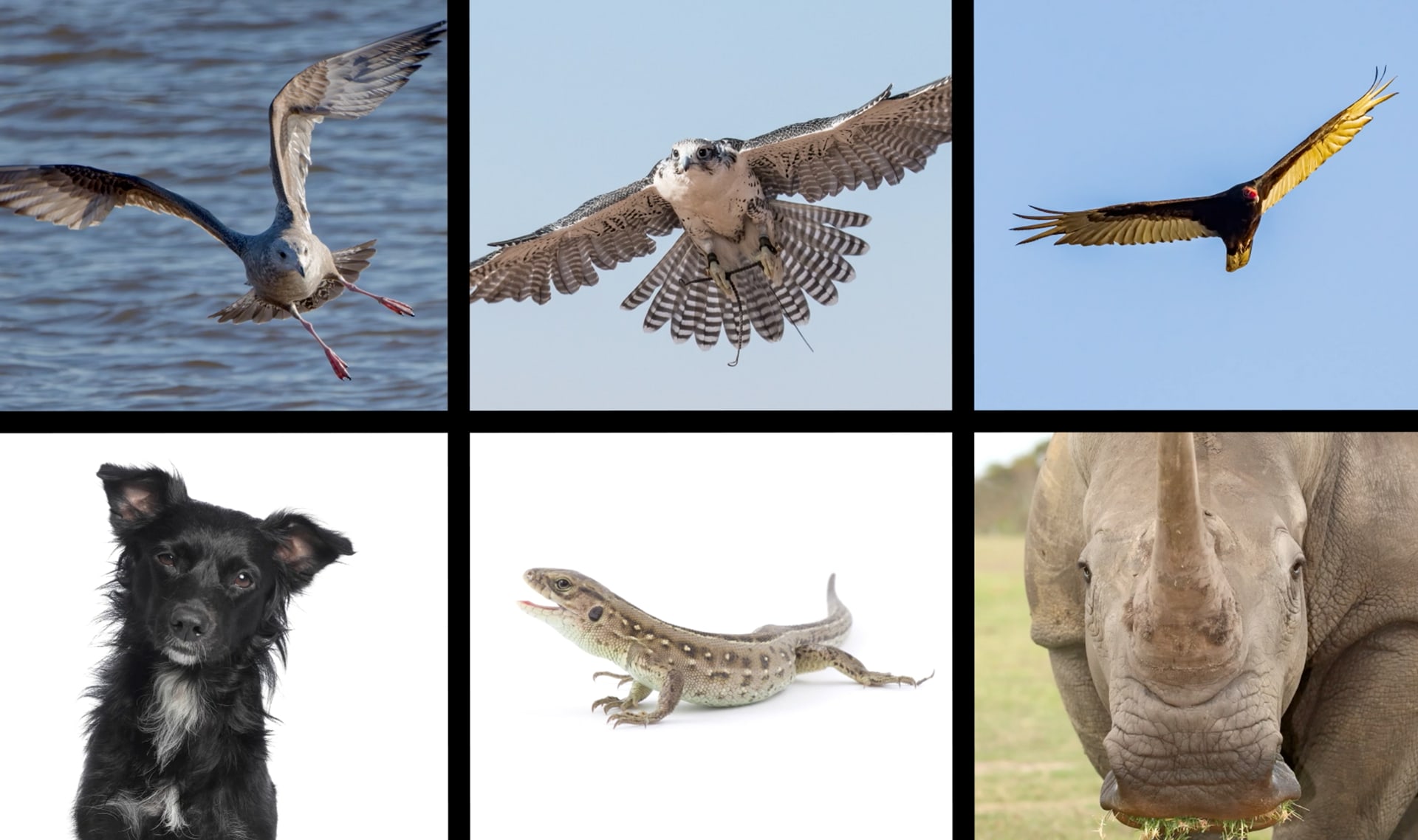






























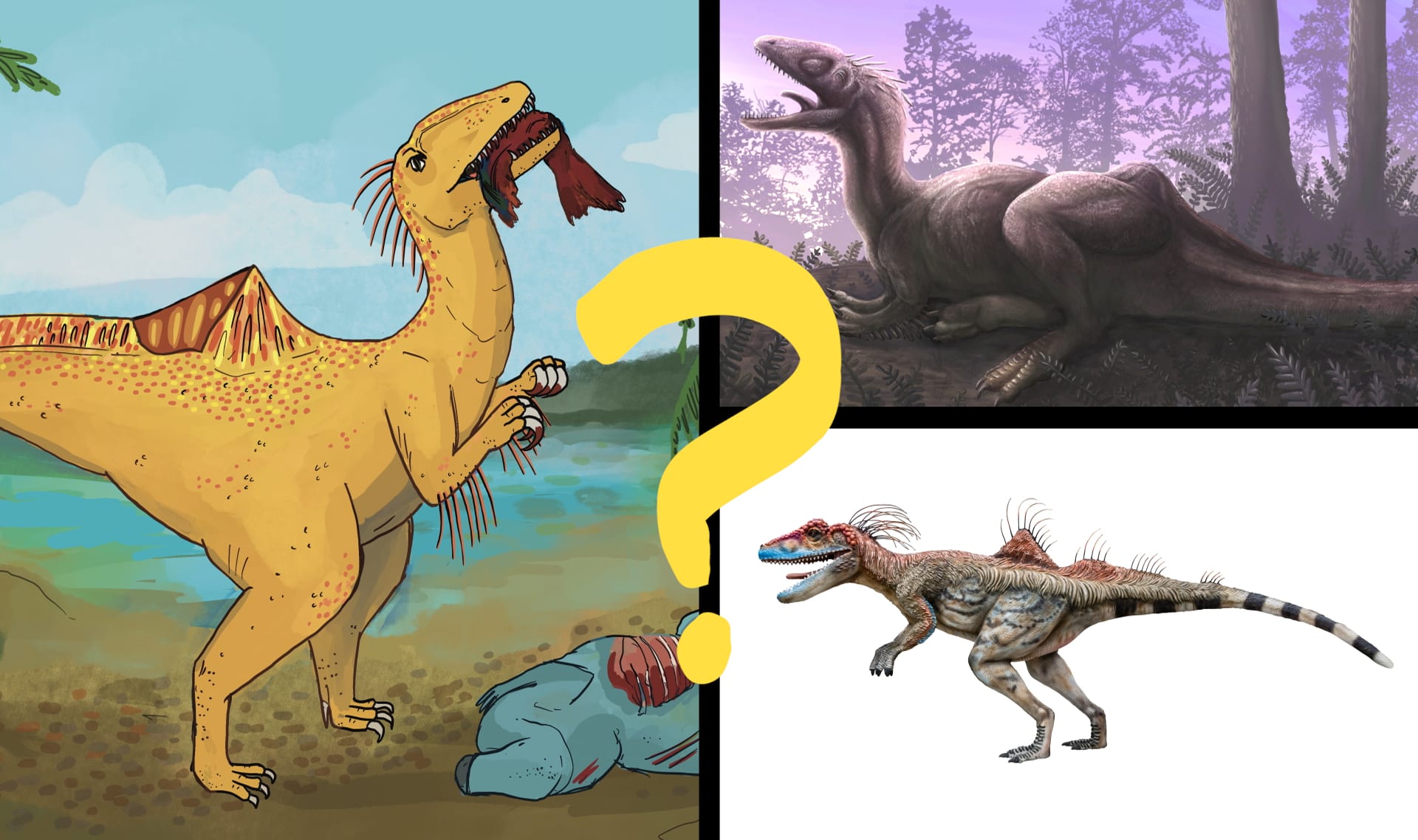

DISCUSS:
If scientists can’t find many fossils of the soft parts of a dinosaur, what evidence should a paleoartist use to draw those parts?


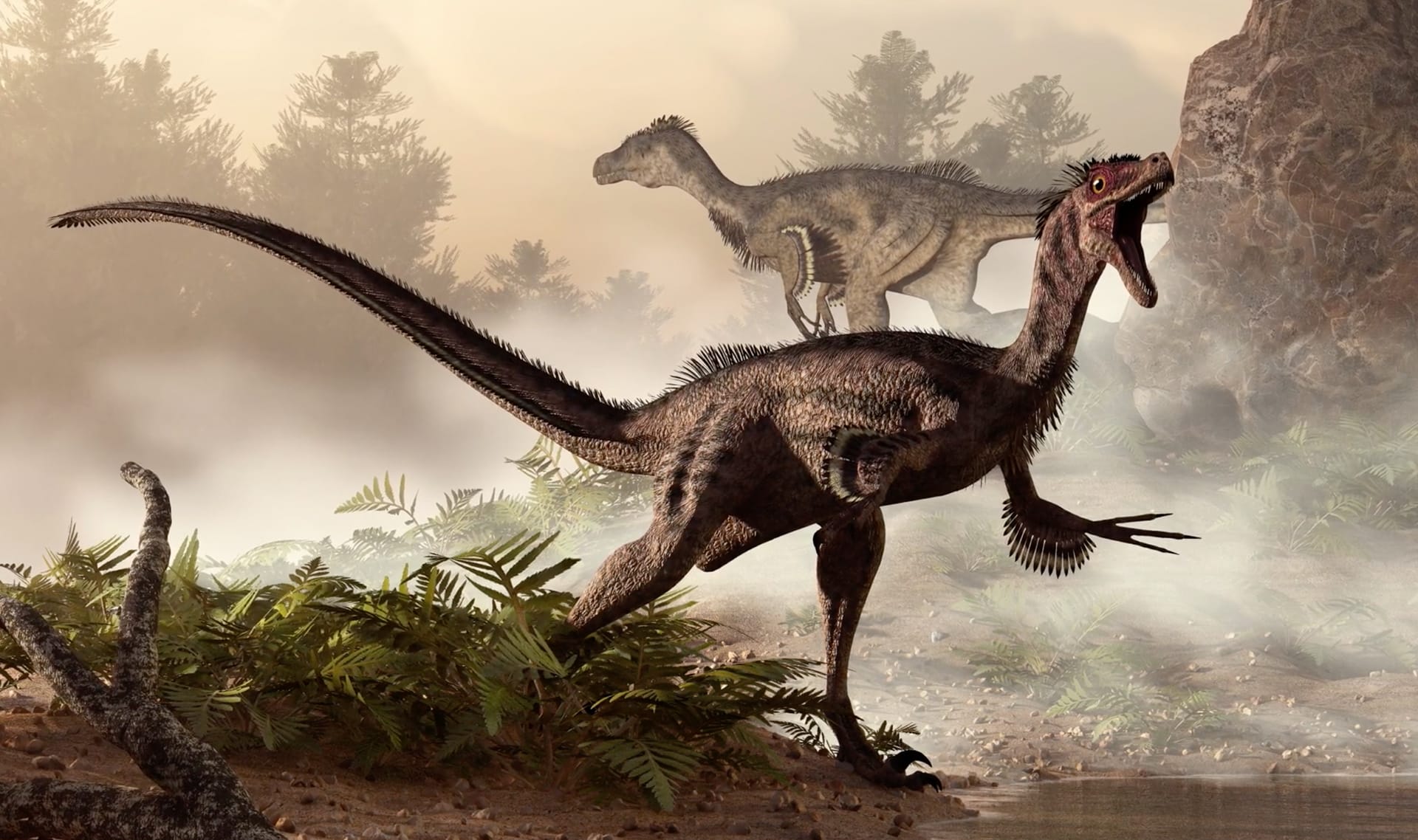

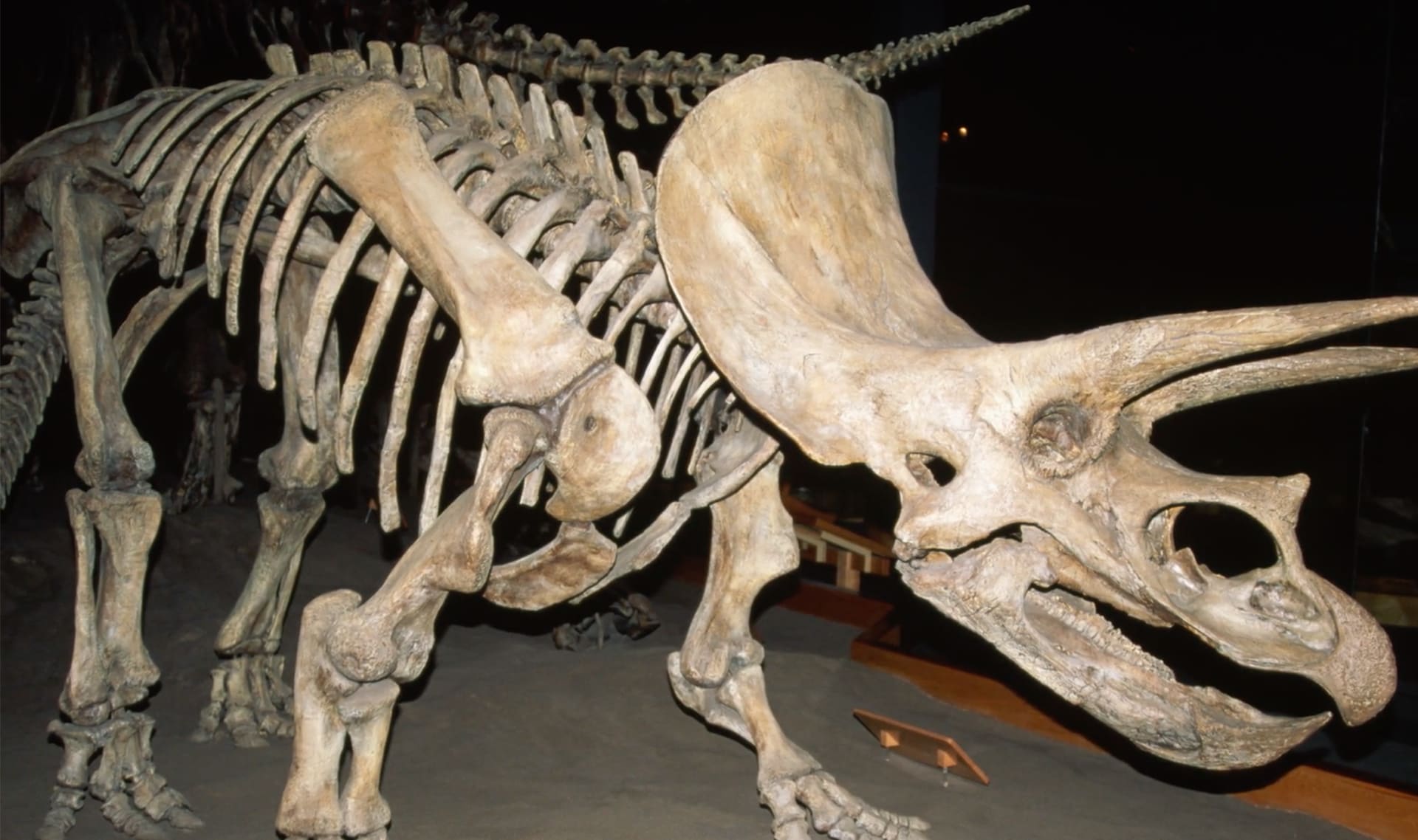
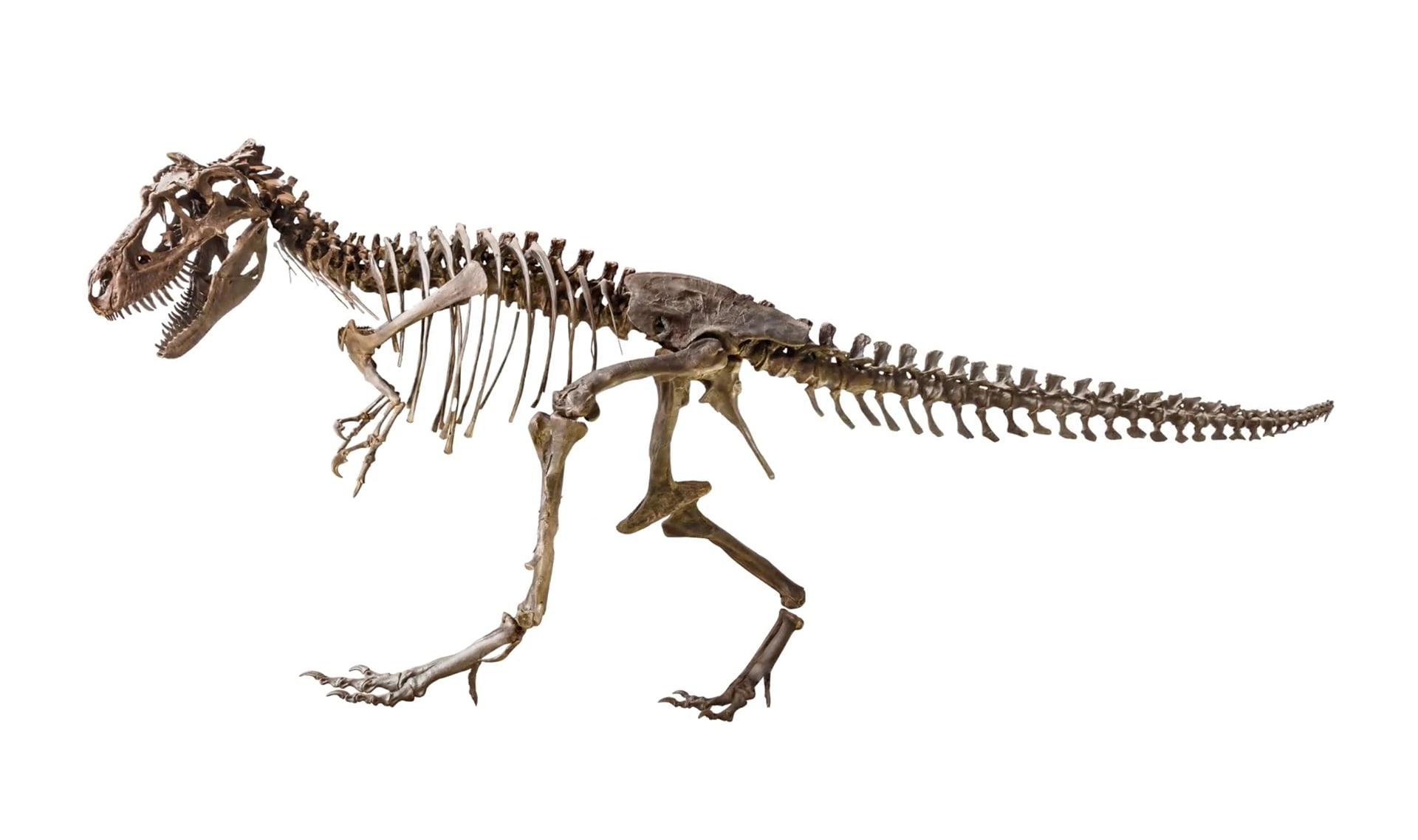
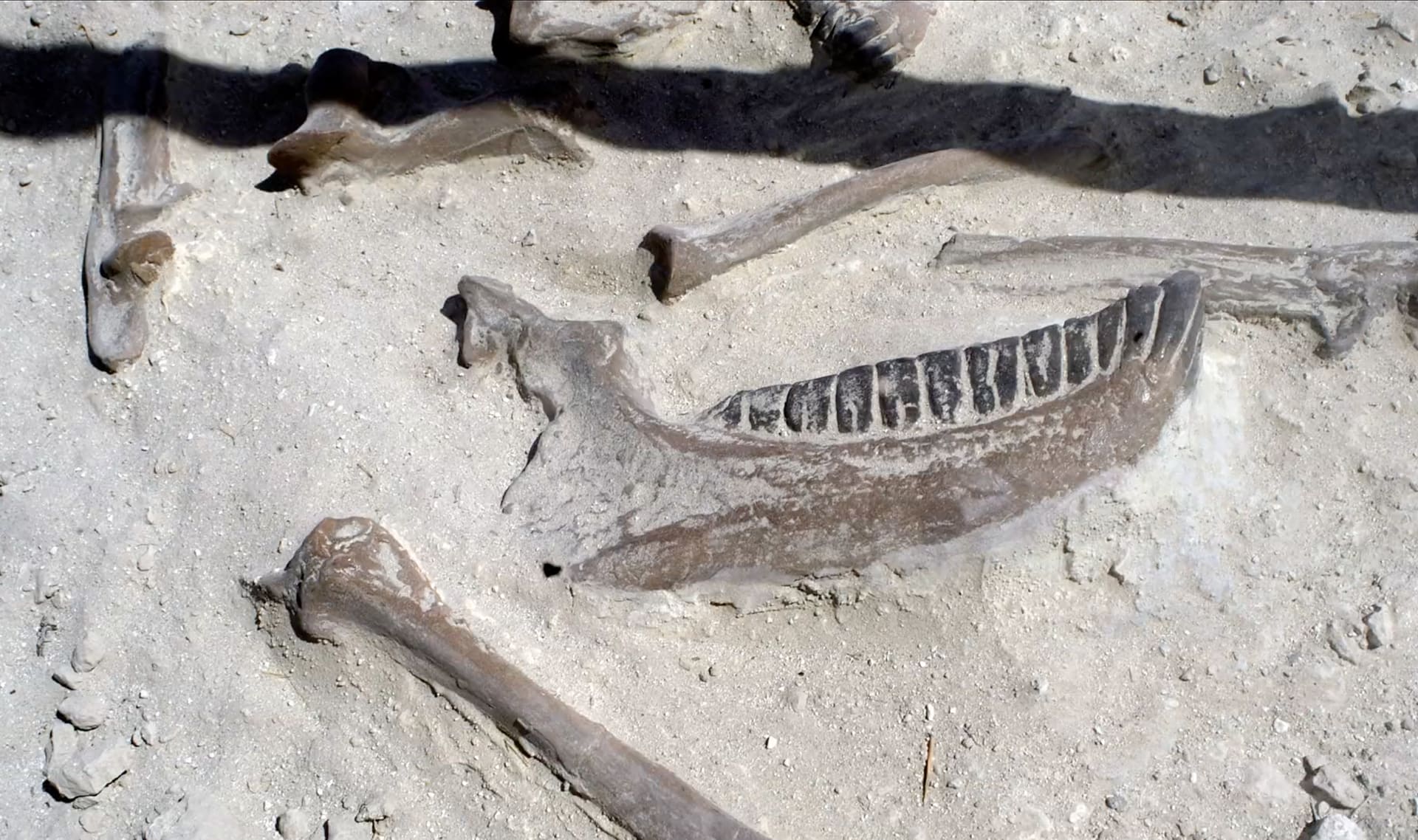

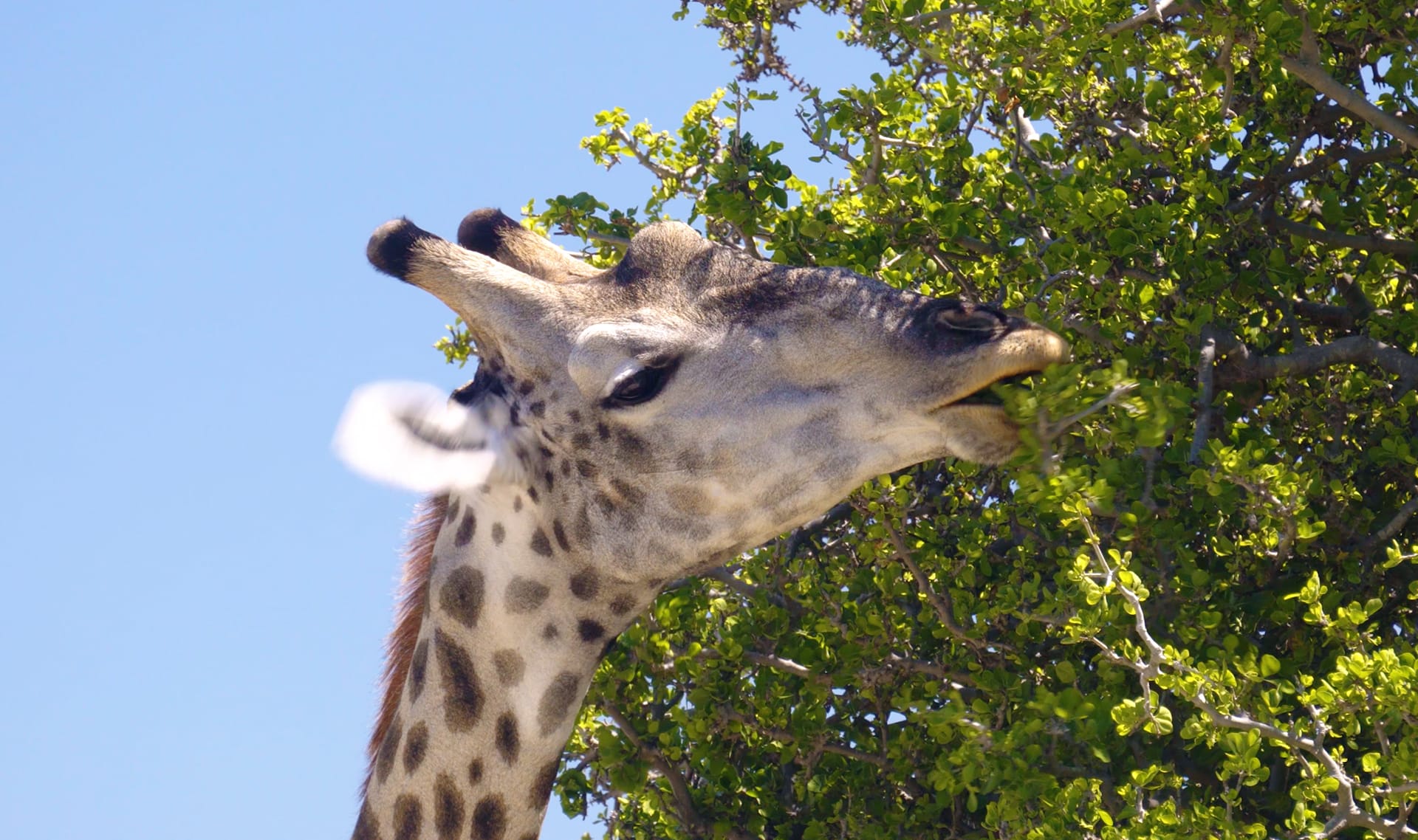
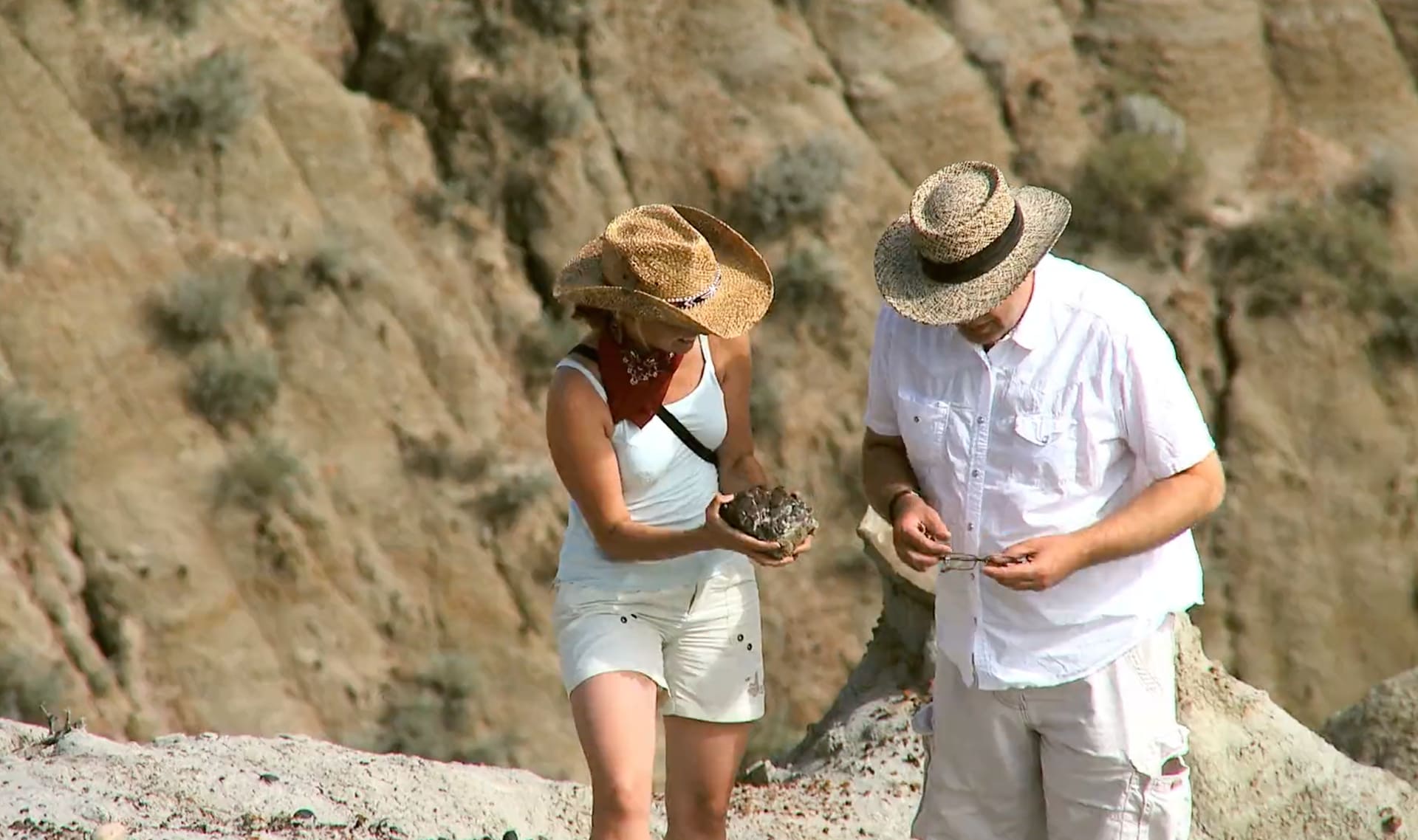
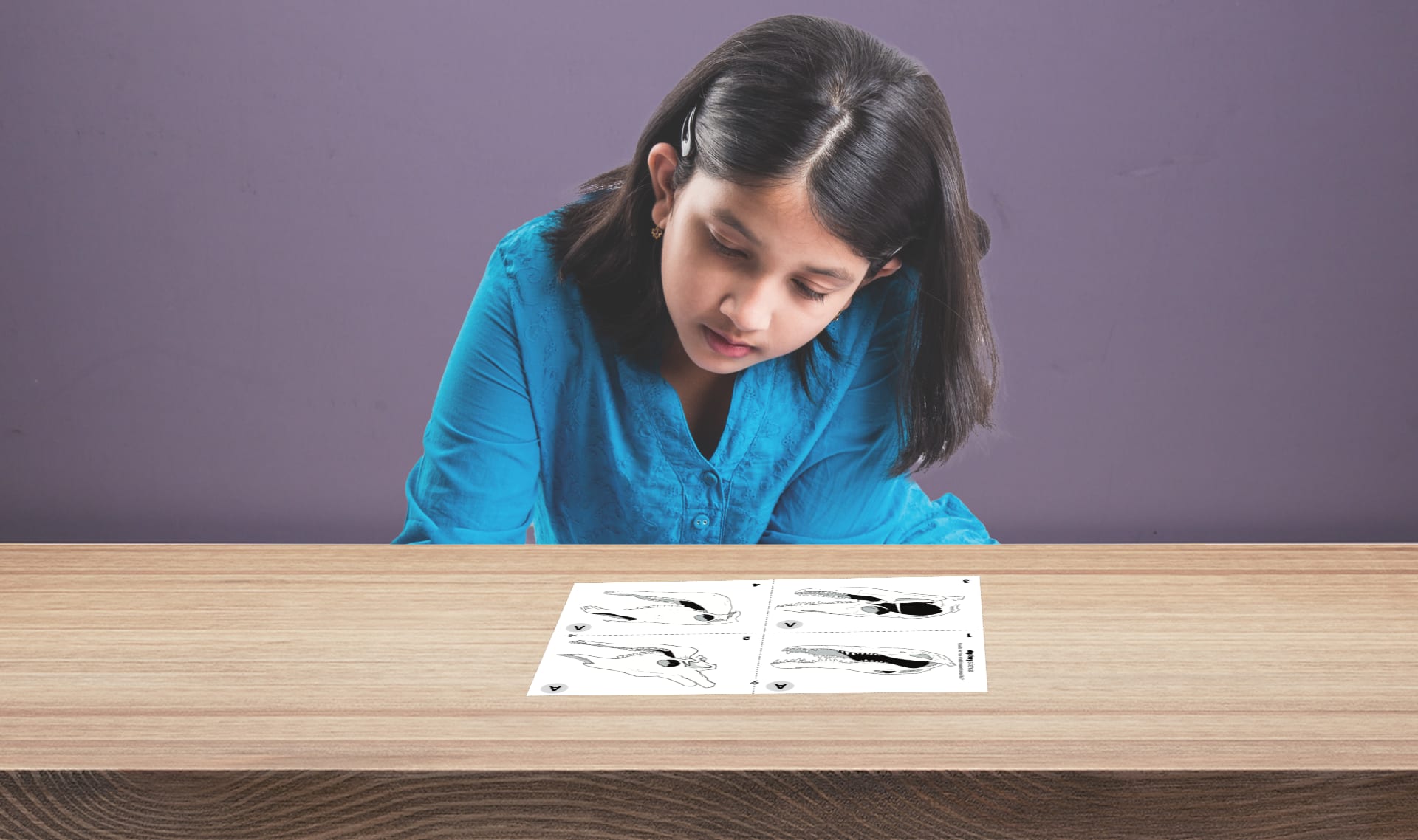
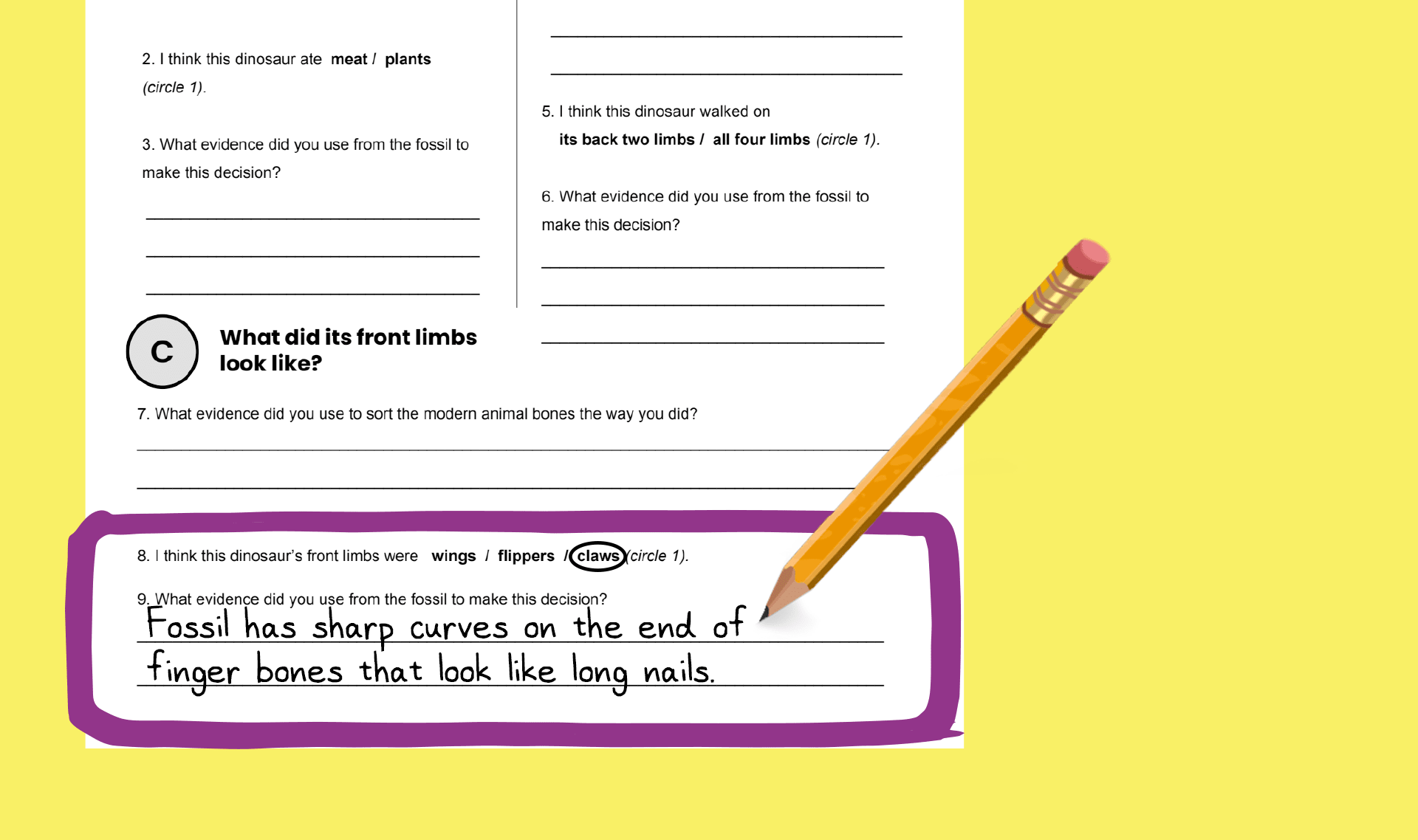
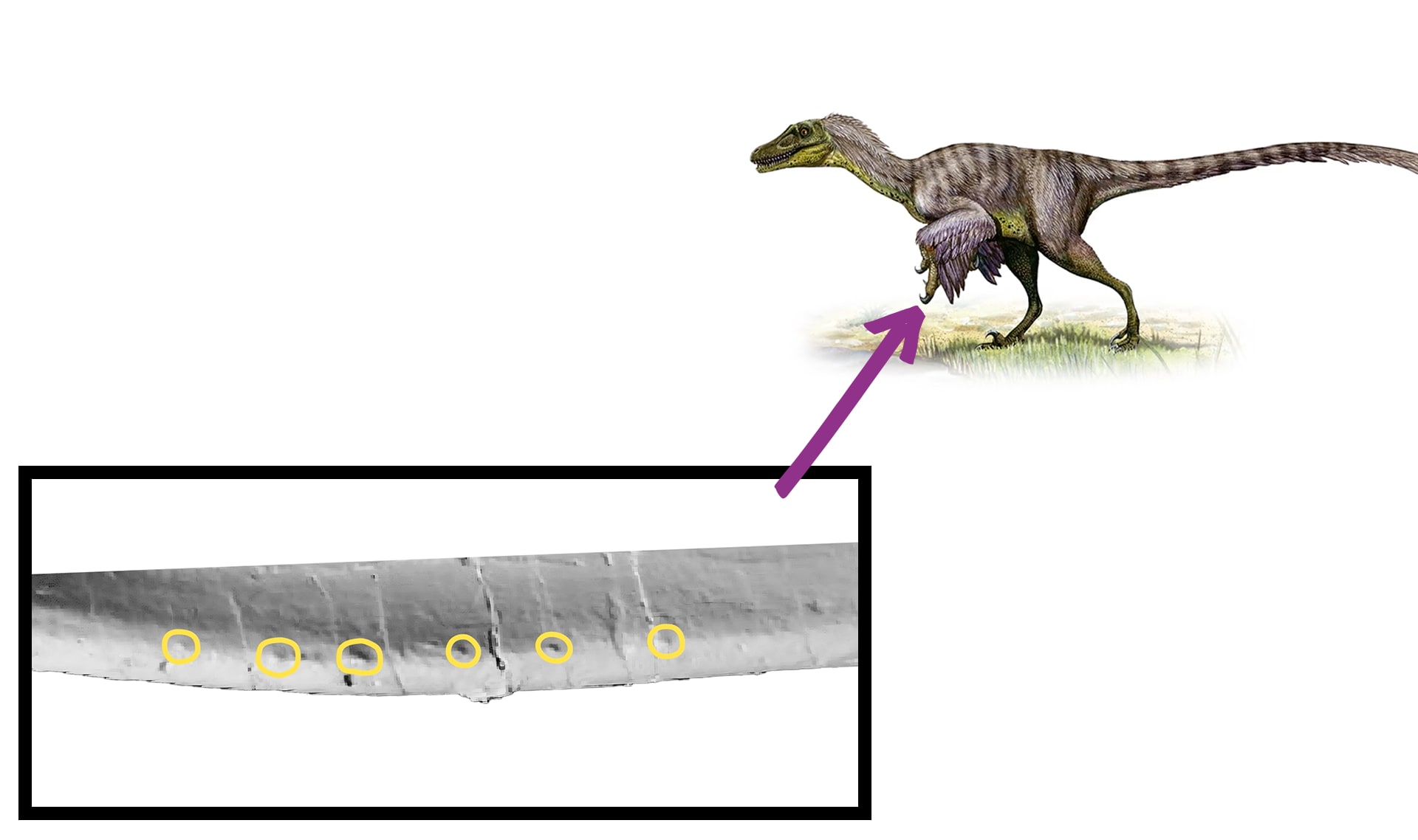
| Animal Bone Cards (A, B, & C) printout | Print 15 copies |
| Dinosaur Decisions worksheet | 30 copies |
| Dinosaur Decisions Answer Key teacher-only resource | 1 copy |
|
Extra Evidence Bone Cards printout
Needs to be prepped prior to lesson (see below). |
Print 8 copies |
|
Scissors
|
30 pairs |
We suggest students work in pairs. Homeschool students can work on their own.
Extra Evidence Bone Cards will print two per page so you will need to prep these cards by cutting along the thick black line in the middle of the page. Each pair of students will need a 1/2 sheet for the activity.
Wait to distribute these cards until Step 16 of the activity.
This activity involves students annotating illustrations of animal bones. Students are asked to write observations and circle patterns on their Animal Bone Cards. Prior to beginning the activity, it may be helpful to have a discussion about how circling similarities and writing notes on diagrams can be a useful way to compare and contrast multiple images.
Thanks for your feedback! If you have a question or need help, please contact us. Please consider sharing your review:
Sorry the lesson didn’t go well. We read every single review in an effort to improve our Mysteries.
Thanks for letting us know. We’ll wait to ask you for feedback until after you've actually taught it.
Thanks for the feedback! We read every single review in an effort to improve our Mysteries.
Please follow these steps:
Locked
6:10

Why is the sky blue?
Locked
4:41

Why do we call them doughnuts?
Locked
5:16

Could a turtle live outside its shell?
Your membership is expired. The archive of past Mini Lessons is not included in your limited access.
View pricing